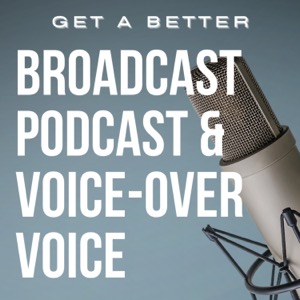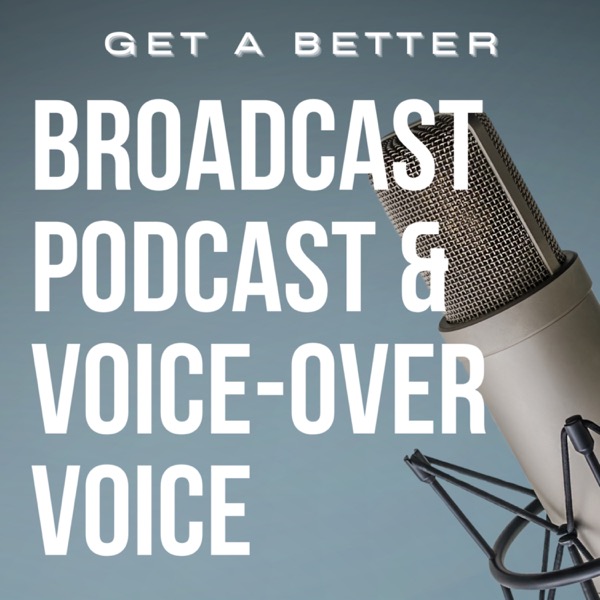0532 – Why You Need To Love Your LUFS
Get A Better Broadcast, Podcast and Voice-Over Voice - A podcast by Peter Stewart

2022.06.16 – 0532 – Why You Need To Love Your LUFSSound levels are gauged with decibels and ‘LKFS’ and LUFS’[1] and on studio displays which light up vertically, or with needles that wiggle, but essentially your ‘moment-by-moment’ level should pretty much always be in a yellow-to-green area, with very occasional short peaks into a red. Or if you have a level marked up, around -10dB, or ‘peaking to PPM 6’[2], When recording for a podcast your host will most likely want Apple’s required level of -16 LUFS, that is the average loudness over the entirety of the pieceBroadcasters mostly want -24 LUFS (U.S) of -23 LUFS (the rest of the world), so as James Cridland from www.podnews.net points out “if you were to take an audio file made for broadcast radio and upload it as a podcast, it would be too quiet”. [3]An engineer can use a ‘compression’ device to give the impression that a sound is louder than it actually is, by making it sound ‘fuller’. (There’s more on this a bit later.) [1] They are both the same and sometimes referred to as ‘integrated loudness’. LKFS (‘Loudness, K-weighted, relative to Full Scale’ and LUFS (‘Loudness Unit Full Scale’) are both the unit of measurement used to quantify a piece of audio's perceived loudness by analyzing the average level over time. LUFS is written in negative numbers, so -30 LUFS is quieter than -10 LUFS. They are a standard loudness measurement unit used for audio normalization in broadcast television systems and other video and music streaming services.[2] BBC recommendations for its studio staff, here: https://downloads.bbc.co.uk/radio/commissioning/TechnicalSpecificationRadio.pdf[3] https://podnews.net/article/lufs-lkfs-for-podcasters Hosted on Acast. See acast.com/privacy for more information.
